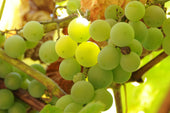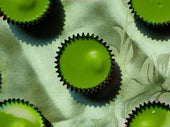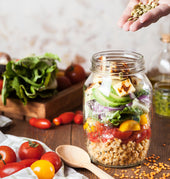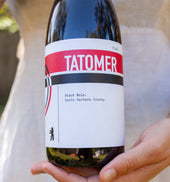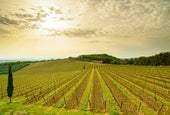
Fact vs Fiction About Wine

Discerning fact from fiction in wine can be tricky because wine culture is filled with both valuable knowledge and myths. Here are some guidelines to help you navigate through the noise:
- Price vs. Quality
Fact: Higher-priced wines often reflect higher production costs, such as better vineyard practices, longer aging, and more refined winemaking techniques.
Fiction: Expensive wine is always better. There are many affordable wines that are of excellent quality. Blind tastings often show that personal preference doesn't always align with price.
- 2. Aging Wine
Fact: Some wines do improve with age, particularly red wines like Cabernet Sauvignon or fine Bordeaux, which have high tannins and structure.
Fiction: All wines get better with age. Most wines are made to be consumed within 1-3 years of release. Some white wines and lighter reds lose their character if kept too long.
- 3. Screw Caps vs. Cork
Fact: Screw caps can effectively preserve wine and prevent cork taint, especially for wines meant to be enjoyed young.
Fiction: Only cheap or low-quality wines use screw caps. Many premium wines, particularly from Australia and New Zealand, use screw caps.
- Wine Legs (Tears)
Fact: Wine legs can give an indication of alcohol and sugar levels.
Fiction: More legs or thicker legs mean a higher quality wine. The appearance of legs is more about the physics of evaporation than about wine quality.
- Red Wine with Meat, White Wine with Fish or Chicken
Fact: Certain wines pair better with certain foods due to complementary flavors, acidity, and tannins.
Fiction: You must follow the red-with-meat, white-with-fish rule. Many wines defy this, such as Pinot Noir with salmon or a rich Chardonnay with poultry. The pairing should be about personal taste and the specific dish.
- Wine Color as Age Indicator
Fact: Wine color can give clues about age. Red wines tend to become lighter, and white wines darker, as they age.
Fiction: Color always indicates the quality or age of the wine. A deep color in red wine or a bright golden hue in white doesn’t necessarily guarantee better quality.
- Terroir as the End-All Influence
Fact: Terroir (climate, soil, altitude) plays a significant role in shaping the flavors of a wine.
Fiction: Terroir is the only factor that matters. While important, winemaking techniques, grape variety, and vintage conditions can all influence the final product just as much.
- Decanting Wines
Fact: Decanting can improve a wine's flavor by allowing oxygen to soften tannins and bring out aromas.
Fiction: All wines must be decanted. While older, bolder red wines benefit from decanting, lighter reds and most whites often don't need it.
- Organic and Natural Wines
Fact: Organic wines are made without synthetic pesticides, and natural wines minimize intervention during the winemaking process.
Fiction: All organic or natural wines are better or healthier. The quality and taste of organic and natural wines vary, and the absence of intervention doesn’t always equate to a superior product.
- Sulphites in Wine
Fact: Sulphites naturally occur in wine and act as preservatives. Without them, wine would spoil more quickly.
Fiction: Sulphites cause headaches. The level of sulfites in wine is generally too low to affect most people. Headaches are more likely caused by alcohol content or histamines in the wine.
Conclusion...
Wine is a deeply subjective experience, and the key is to focus on personal preference. While facts help you understand the technical aspects of wine, myths often arise from oversimplification. Testing and developing your own palate over time is the best way to learn what works for you.
Contributed by Blake Leland, Sommelier for Plume Ridge Bottle Shop.






